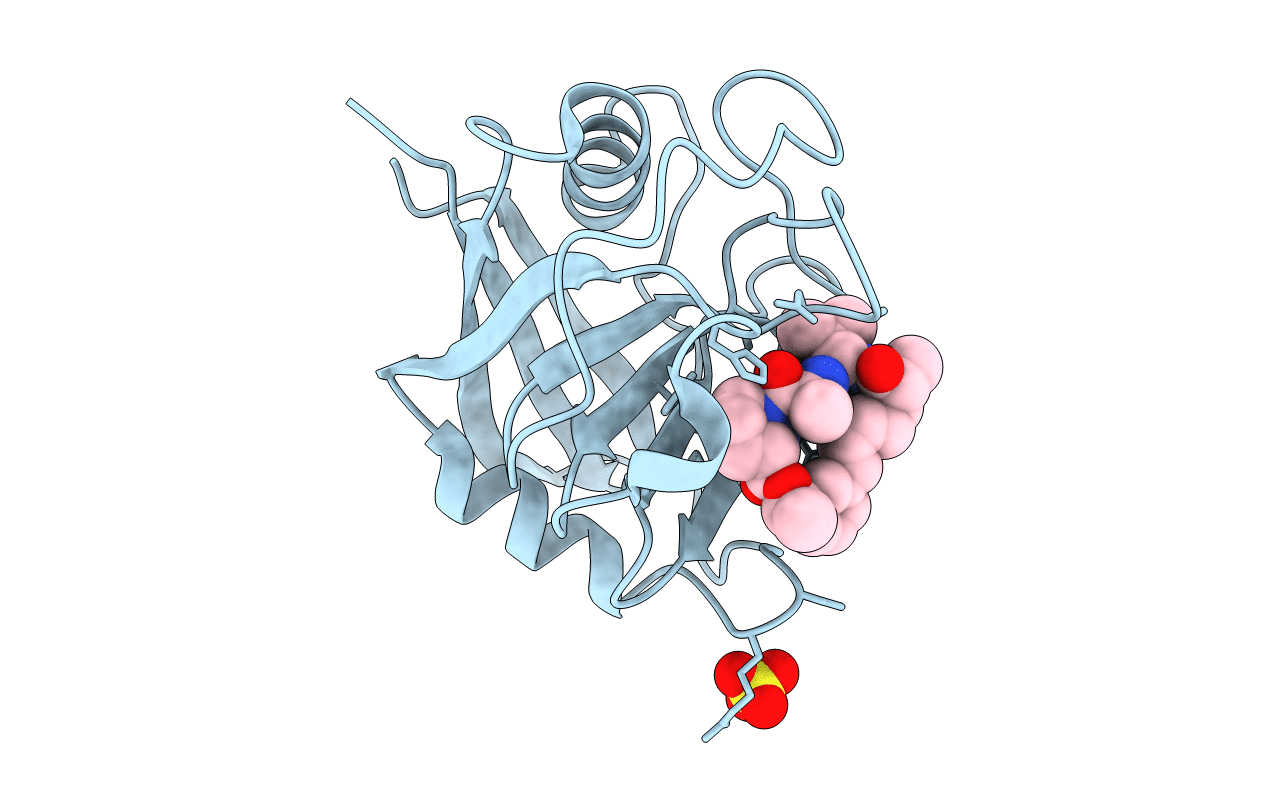
Deposition Date
2016-09-09
Release Date
2017-01-25
Last Version Date
2024-03-06
Entry Detail
PDB ID:
5TA4
Keywords:
Title:
Discovery of a Potent Cyclophilin Inhibitor (Compound 8) based on Structural Simplification of Sanglifehrin A
Biological Source:
Source Organism:
Homo sapiens (Taxon ID: 9606)
Host Organism:
Method Details:
Experimental Method:
Resolution:
1.50 Å
R-Value Free:
0.20
R-Value Work:
0.17
R-Value Observed:
0.17
Space Group:
P 43


